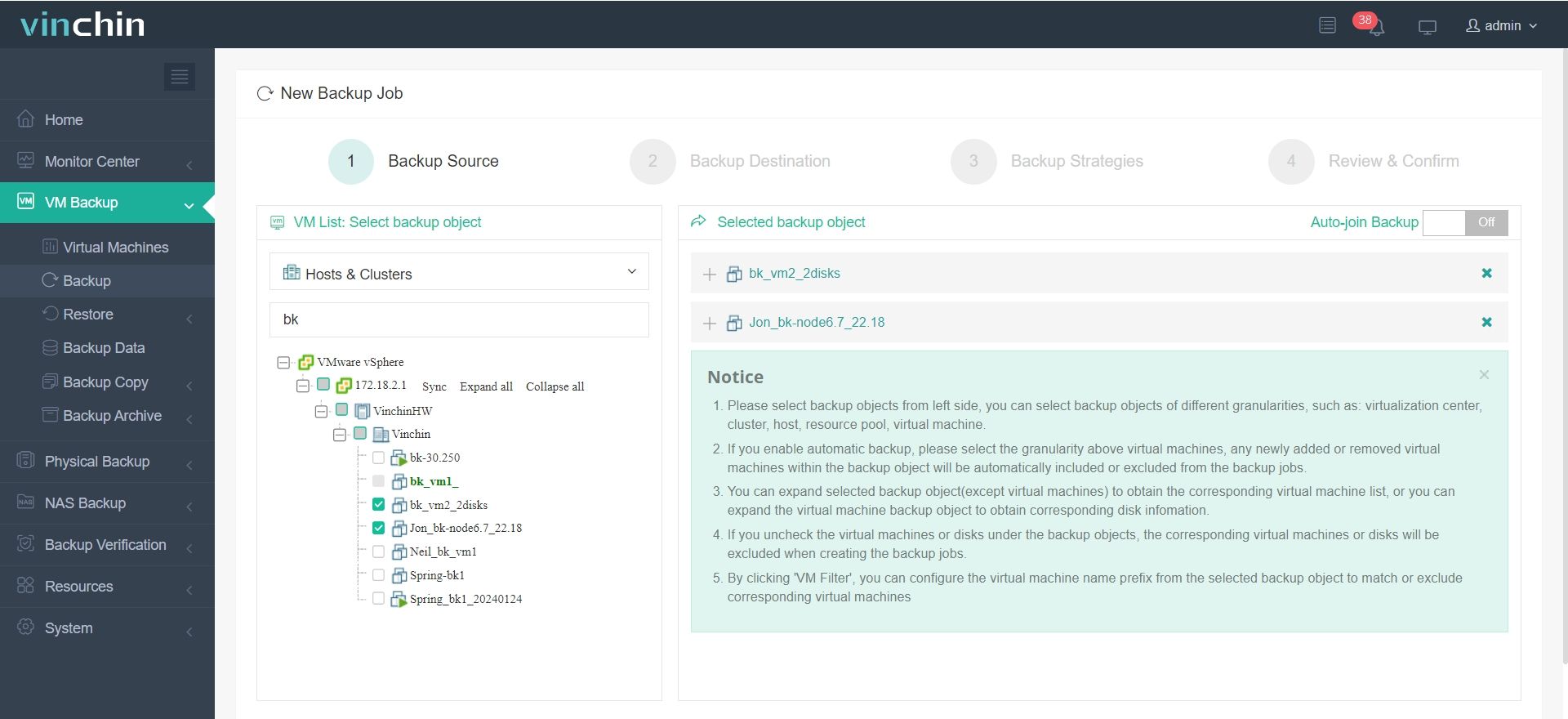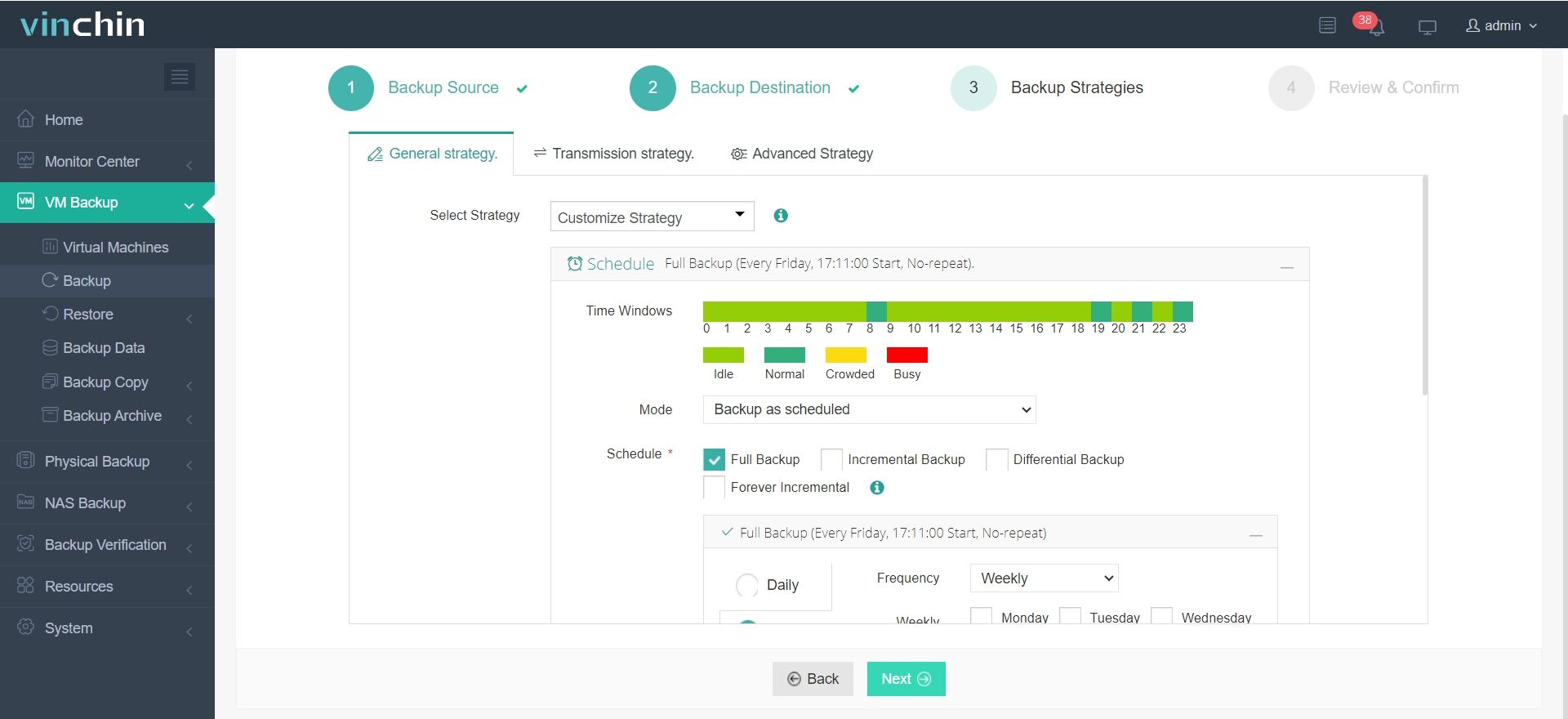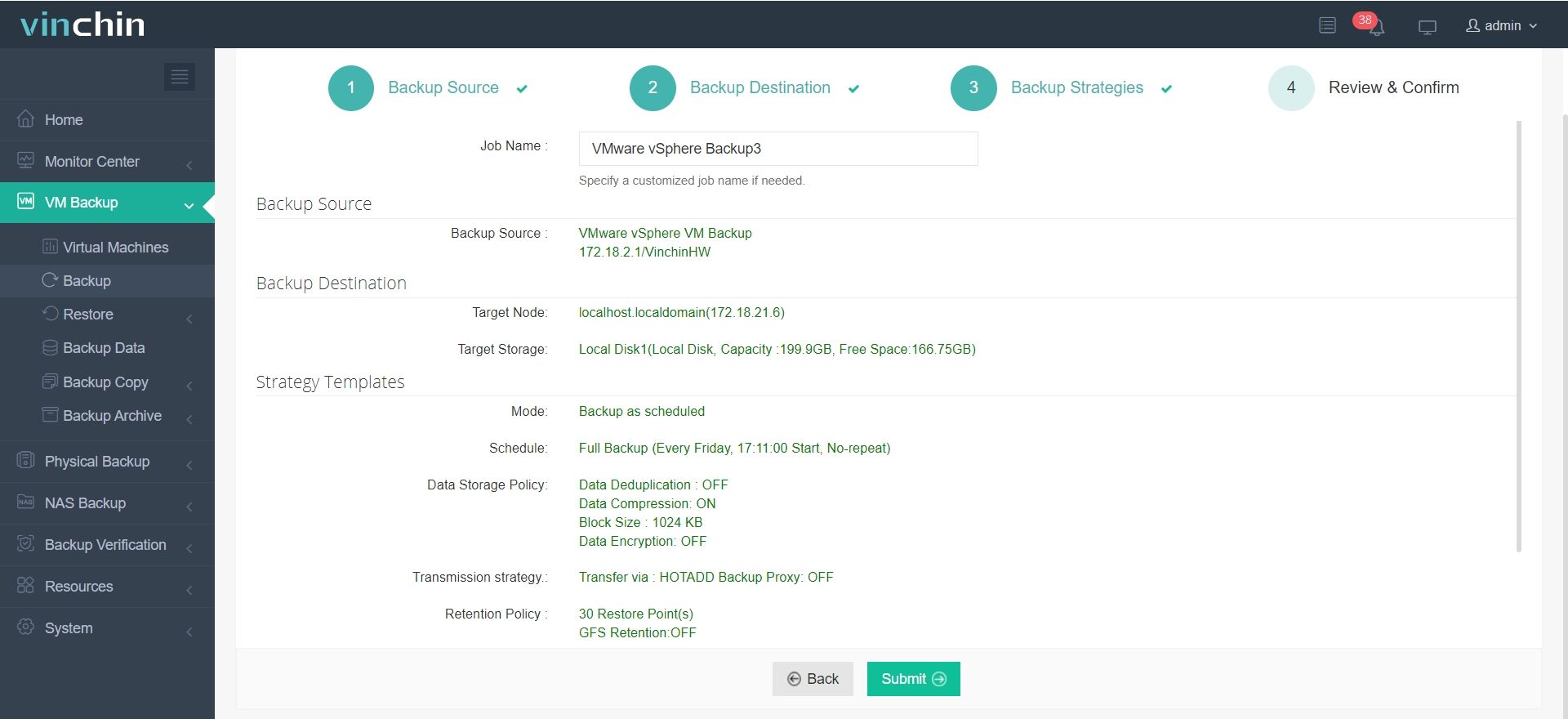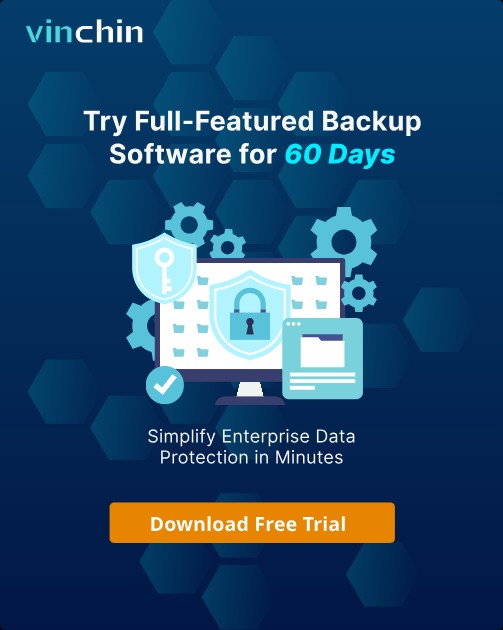-
What is a Virtual Floppy Drive?
-
Use Cases for Virtual Floppy Drives
-
How to Set Up a Virtual Floppy Drive?
-
Protect Your VMs with Vinchin Backup & Recovery
-
Virtual Floppy Drive FAQs
-
Conclusion
Floppy disks may seem like relics from another era, but their digital legacy is far from extinct. In many IT environments—especially those managing legacy systems or specialized hardware—the need for a virtual floppy drive remains real. But what exactly is a virtual floppy drive? Why would anyone use one today? Let's explore this technology step by step—from basic concepts to advanced automation—and see how you can protect your virtual environments using modern backup solutions.
What is a Virtual Floppy Drive?
A virtual floppy drive is software that mimics the behavior of an old-fashioned physical floppy disk drive. Instead of reading or writing data to an actual 3.5" or 5.25" diskette, it works with image files—digital copies of floppies—stored on your computer or server. Your operating system treats this virtual device as if it were real hardware: it assigns it a drive letter (often A: or B:), lets you access files through File Explorer or command line tools, and supports standard file operations.
This approach allows you to mount, edit, format, and manage floppy disk images without needing any physical media or drives attached to your machine.
Use Cases for Virtual Floppy Drives
You might wonder: in an age of cloud storage and USB flash drives, who still needs floppies? The answer lies in compatibility requirements that refuse to fade away.
Many industrial controllers, embedded devices, medical equipment interfaces—even some military systems—still require floppies for firmware updates or configuration changes. For example: certain PLCs (Programmable Logic Controllers) only accept updates delivered via “drive A.” Some proprietary licensing schemes check for specific keys stored on floppies during activation.
In IT operations centers worldwide:
Legacy servers may boot diagnostic utilities from virtual floppies.
Old operating systems sometimes require drivers distributed only as .img files.
Recovery tools often expect a working floppy interface—even if it's just emulated.
Even today's virtualization platforms rely on virtual floppies when installing guest OSes that predate CD-ROMs or USB support.
How to Set Up a Virtual Floppy Drive?
Setting up a virtual floppy drive is straightforward once you know which tool fits your environment best. Below are two popular approaches: one using Windows utilities; another leveraging PowerShell in Hyper-V setups.
Step 1. Using Virtual Floppy Drive (VFD) on Windows
Virtual Floppy Drive (VFD) is an open-source utility that creates software-based floppy drives under Windows operating systems—including both 32-bit and 64-bit editions up through Windows 10 version 1909. Note: VFD may not work reliably on newer builds like Windows 11; if so, consider alternatives such as ImDisk Toolkit or OSFMount.
To get started:
1. Download VFD from SourceForge. Extract its contents into any folder.
2. Run VFDWIN.EXE as administrator to launch the control panel.
3. Under the Driver tab, click Install then Start.
4. Switch over to the Drive0 tab; click Change if you want to assign either A: or B: as your drive letter.
5. Click Open/Create, select an existing image file (.img/.vfd), or create a new blank one by specifying size (from 160KB up to 2.88MB).
6. Once mounted successfully, your new “floppy” appears in File Explorer alongside other removable drives—you can read/write/format just like real media!
When finished:
Click Close in VFDWIN.EXE's panel; stop/remove driver if needed via the same interface.
If Windows Explorer doesn't show your new drive right away—or programs fail to detect it—try restarting Explorer.exe from Task Manager or logging out/in again.
Step 2. Creating a Virtual Floppy Disk in Hyper-V with PowerShell
Hyper-V administrators often automate VM provisioning using PowerShell scripts—including attaching virtual floppies where needed for guest OS installs or driver injection tasks.
The correct cmdlet here is New-VFloppyDisk (Microsoft Docs). Here's how:
New-VFloppyDisk -Path "C:\floppy.vfd"
This command creates an empty .vfd image at your chosen path—a format recognized natively by Hyper-V guests running Windows NT/2000/XP/Server editions among others.
To attach this image:
Set-VMFloppyDiskDrive -VMName "YourVM" -Path "C:\floppy.vfd"
If you encounter errors (“cmdlet not found" etc.), ensure you’re running PowerShell as administrator within a session where Hyper-V management modules are installed/enabled.
Protect Your VMs with Vinchin Backup & Recovery
As virtualization platforms like VMware and Hyper‑V continue supporting legacy features such as virtual floppy drives, it's crucial that backup solutions keep pace with evolving infrastructure needs while ensuring reliability across diverse environments.
Vinchin stands out as an enterprise-level VM backup solution trusted globally by thousands of organizations and supporting more than fifteen mainstream virtualization platforms—including VMware, Hyper‑V, Proxmox VE, oVirt, OLVM, RHV, XCP-ng, XenServer, OpenStack, ZStack, and others.
Key features include incremental backup for efficient long-term protection, advanced deduplication and compression technologies that minimize storage usage, seamless cross-platform V2V migration capabilities between supported hypervisors, granular restore options for precise recovery needs, and robust instant recovery functionality so critical workloads return online quickly after failure—all managed through Vinchin's intuitive web console.
Backing up any supported VM—including those utilizing virtual floppies—is simple:
✅1.Just select VMs on the host

✅2.Then select backup destination

✅3.Select strategies

✅4.Finally submit the job

Experience why Vinchin earns top ratings worldwide! Start protecting your environment today with our fully-featured 60-day free trial. Enjoy seamless backup and recovery solutions, and see how Vinchin can meet your needs. Click below to easily download and deploy!
Virtual Floppy Drive FAQs
Q1: Can I use a virtual floppy drive for activating old software licenses tied specifically "to A:"?
A1: Yes—as long as both license manager & host OS recognize assigned letter/image format properly.
Q2: What's the largest supported size for standard PC-compatible FDD images?
A2: Most BIOSes/applications max out at either 1.44MB (“HD”) or rarely extended mode ~2.88MB (“ED”) per single volume/image.
Q3: My cloud-hosted VM won't boot from uploaded .img—is there something special required?
A3: Ensure uploaded file uses FAT12 formatting ≤2MB total size & attach prior powering-on instance—not hot-add afterward.
Conclusion
Virtual floppy drives continue to play a crucial role in environments where legacy support is essential—ranging from industrial automation to secure licensing systems, and even modern virtualization labs. Whether you're bridging the gap between old and new infrastructures or safeguarding mission-critical workloads, virtual FDDs offer enduring value. For comprehensive protection—whether you're managing vintage tech or modern systems—explore Vinchin's enterprise-grade backup solutions today!
Share on:







